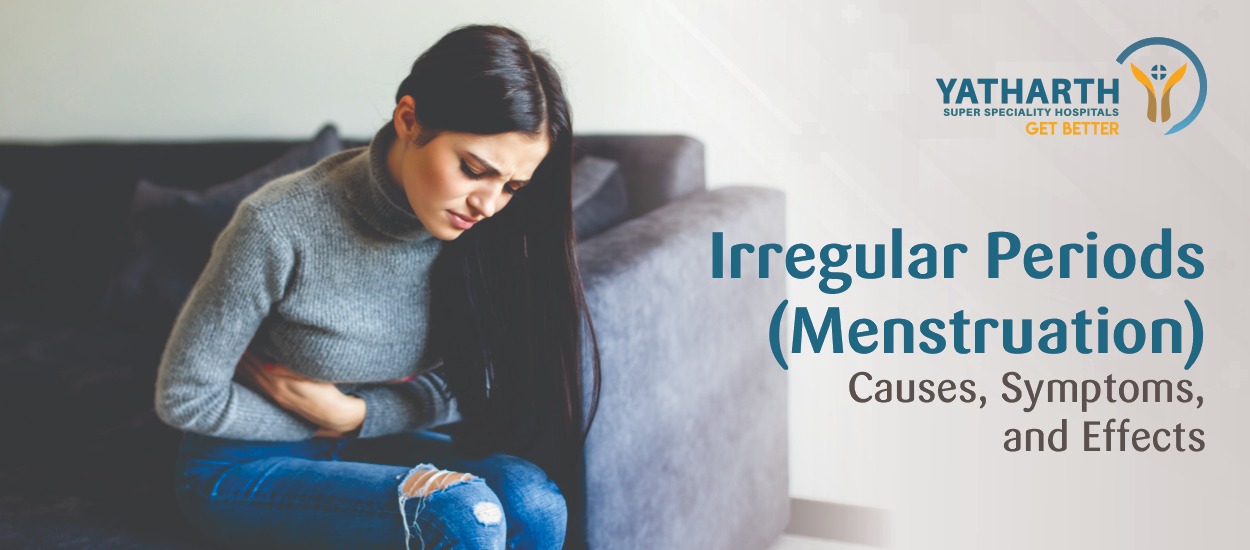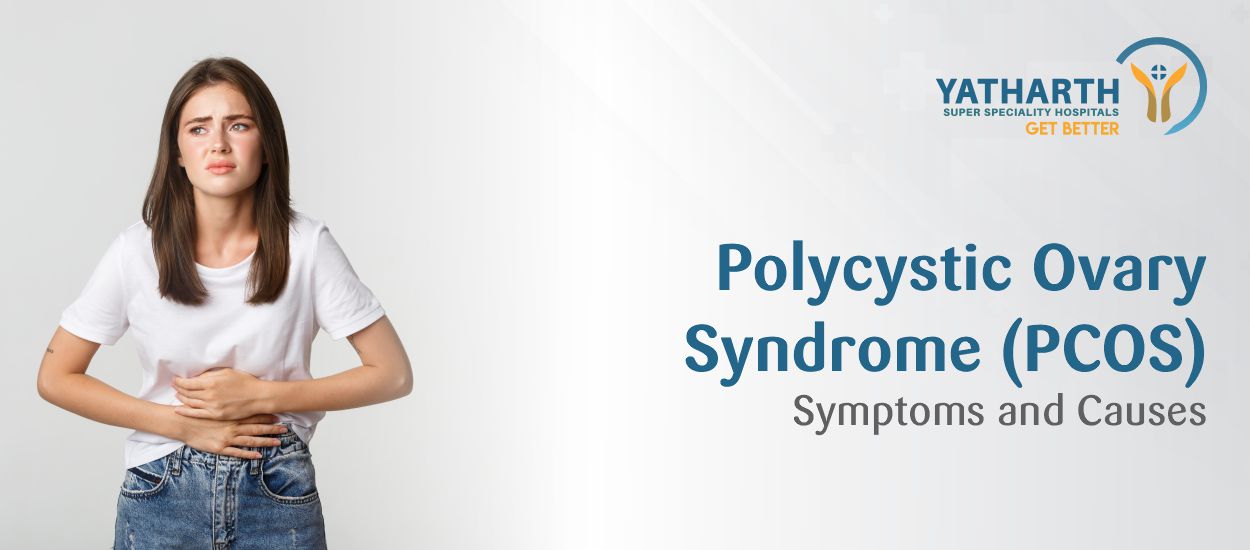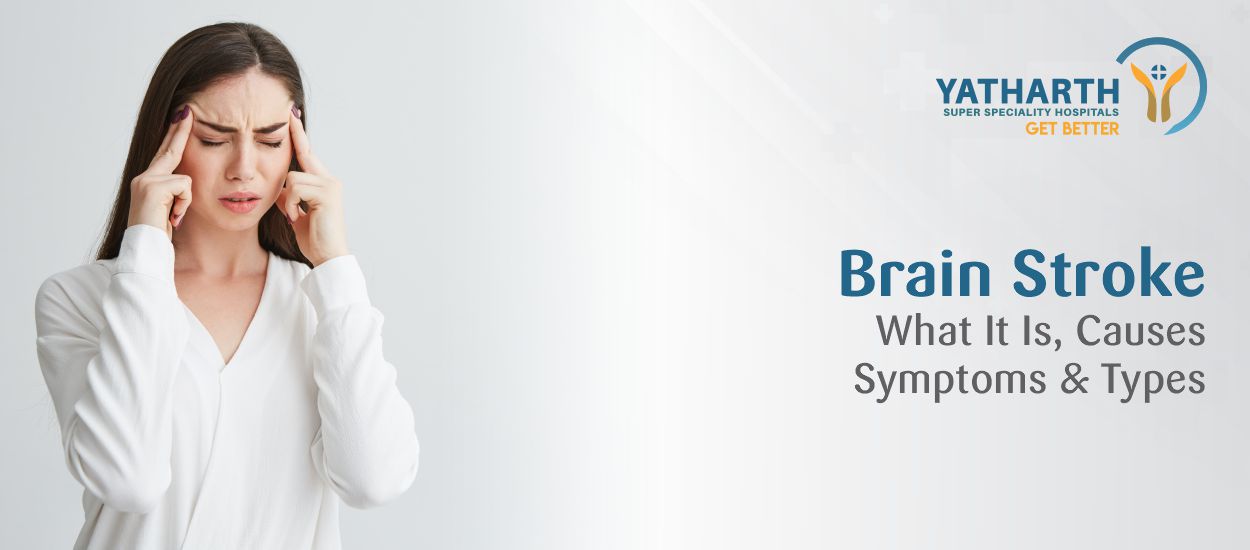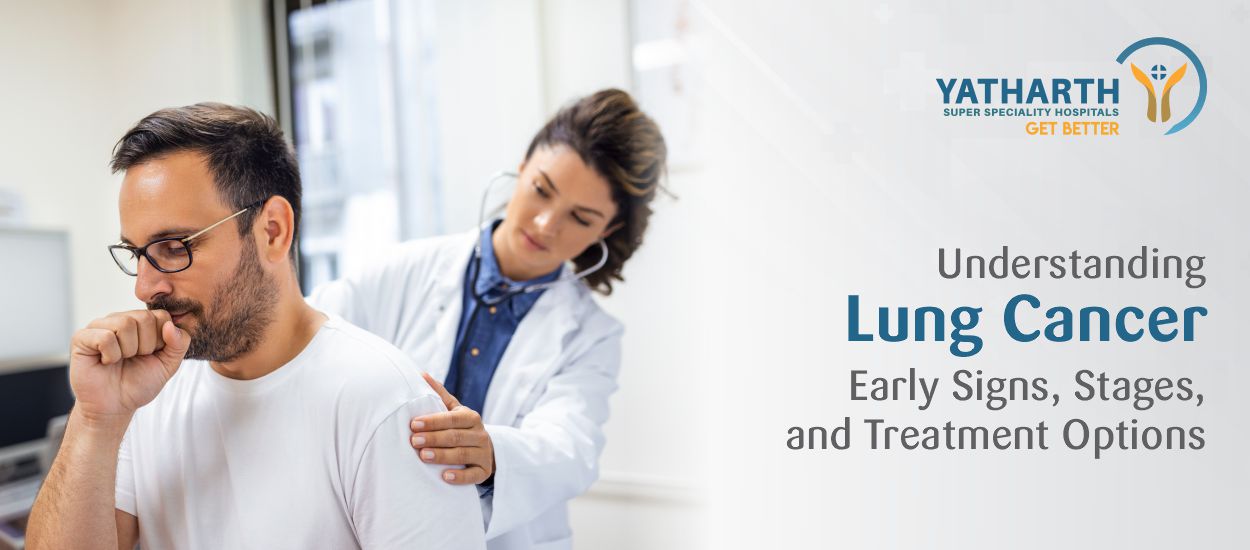Most women experience some physical or emotional changes before their menstrual cycle begins and in some these changes are intense enough to affect the daily life. This cluster of symptoms is known as premenstrual syndrome. Understanding what is premenstrual syndrome, its symptoms, causes, and available treatments can help women manage the condition more effectively.
What is Premenstrual Syndrome (PMS)?
Premenstrual Syndrome, often referred to as PMS, is a set of emotional, behavioral and physical symptoms that occur 1 - 2 weeks before menstruation. These symptoms typically resolve once the period starts. While mild PMS is common, some women experience severe premenstrual syndrome, which significantly impacts quality of life.
Premenstrual Syndrome Symptoms (PMS Symptoms)
Premenstrual syndrome symptoms involve a combination of physical and emotional changes. These symptoms often follow a predictable monthly pattern. Common PMS symptoms include:
1. Emotional and Behavioral Symptoms
-
Irritability or anger
-
Mood swings
-
Depression or crying spells
-
Anxiety or tension
-
Social withdrawal
-
Difficulty concentrating
-
Sleep disturbances (insomnia or excessive sleep)
2. Physical Symptoms
-
Abdominal bloating
-
Breast tenderness
-
Headaches or migraines
-
Joint or muscle pain
-
Fatigue and low energy
-
Weight gain due to fluid retention
-
Acne flare-ups
-
Sensitivity to noise or light
3. Severe PMS: Premenstrual Dysphoric Disorder (PMDD)
A small percentage of women experience intense emotional changes, known as premenstrual dysphoric disorder (PMDD) - an extreme and severe form of PMS. Symptoms may include severe depression, panic attacks and complete disruption of daily functioning. PMDD requires medical evaluation and treatment.
What Causes Premenstrual Syndrome?
The exact premenstrual syndrome causes are not fully understood, but several factors may contribute:
1. Hormonal Fluctuations
Changes in estrogen and progesterone levels during the menstrual cycle are the primary triggers. These hormonal shifts affect neurotransmitters that regulate mood.
2. Serotonin Level Changes
Serotonin, a brain chemical that influences mood, may decrease during certain phases of the cycle, contributing to emotional PMS symptoms.
3. Chemical Changes in the Brain
Hormones influence brain chemicals, which may cause irritability, fatigue, and emotional instability.
4. Lifestyle Factors
Poor diet, lack of sleep, caffeine, alcohol consumption and stress can worsen PMS symptoms.
5. Existing Mental Health Conditions
Women with anxiety, depression, postpartum depression, or other mood disorders may experience more intense PMS symptoms.
6. Nutritional Deficiencies
Low levels of Vitamin B6, magnesium and calcium may contribute to PMS severity.
Premenstrual Syndrome Diagnosis
There is no single test for premenstrual syndrome diagnosis. A healthcare provider typically evaluates symptoms and their timing. Diagnosis usually involves:
-
Tracking symptoms for 2 - 3 menstrual cycles
-
Reviewing medical and family history
-
Physical exam and blood tests (to rule out thyroid issues, anemia, or mood disorders)
A confirmed diagnosis requires symptoms that reoccur during the luteal phase and subside with menstruation.
Premenstrual Syndrome Treatment
Treating premenstrual syndrome depends on symptom severity. Options include lifestyle changes, medications, and therapies.
1. Lifestyle Modifications
-
Regular exercise
-
Balanced diet rich in fruits, vegetables, whole grains
-
Reduced caffeine, salt and sugar intake
-
Adequate sleep
-
Stress reduction techniques (yoga, meditation, breathing exercises)
2. Supplements
-
Vitamin B6
-
Magnesium
-
Calcium
-
Omega-3 fatty acids These may help reduce bloating, cramp, and mood swings.
3. Medications
For moderate to severe premenstrual syndrome, doctors may prescribe:
-
NSAIDs for pain relief
-
Antidepressants (SSRIs)
-
Hormonal birth control pills
-
Anti-anxiety medications
-
Diuretics to reduce fluid retention
4. Cognitive Behavioral Therapy (CBT)
CBT helps manage emotional symptoms by improving coping skills and reducing stress.
5. Dietary Adjustments
Frequent small meals, reducing processed foods, and staying hydrated can reduce PMS symptoms.
Managing PMS Effectively
Many women find relief by combining lifestyle changes with medical support. Tracking symptoms, choosing healthy habits, and seeking help early can significantly improve monthly comfort and overall wellbeing.















